
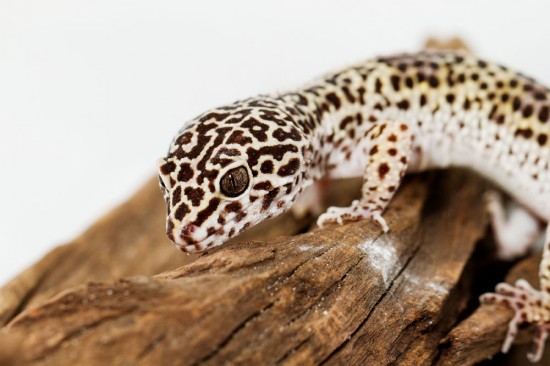
Providing a nutritionally balanced and species-appropriate diet is one of the most fundamental aspects to successfully maintaining pet reptiles in optimal health. In order to provide these diets, it is important to understand each species’ individual requirements and feeding habits. Most commonly kept pet reptiles can be separated into the following main dietary groups;
Carnivores – Reptiles that have evolved a predatory lifestyle and feed exclusively on the flesh of other animals, including small mammals such as rodents, birds and amphibians. Examples of true carnivores are corn snakes (Pantherophis guttatus guttatus), royal pythons (Python regius), and most other species of snakes.
Insectivores – Including leopard geckos (Eublepharis macularius), green anoles (Anolis carolinensis), water dragons (Physinathus cocincinus) and rough green tree snakes (Opheodrys aestivus), insectivorous reptiles are a subclass of carnivores that feed on a diet of insects. In captivity these species are fed on a variety of commercially reared feeder insects with additional mineral and calcium supplements.
Omnivores – Those species who have adapted to eat both plant matter and animal meat. In pet reptiles this typically comprises a mixed diet of insects and prepared salads made up of weeds, vegetables and small amounts of fruits. Blue tongued skinks (Tiliqua sp.) and bearded dragons (Pogona vitticeps) are two of the most common omnivorous reptiles kept as pets.
Herbivores – Herbivorous reptile species, including all members of the tortoise family and the green iguana (iguana iguana) have evolved to eat a completely vegetarian diet, including grasses, leaves and flowers. In captivity this requires particularly careful management to prevent nutritional deficiencies from developing.
The majority of pet snakes are fed on a staple diet of lab-reared rodents which are bought in a frozen state from specialist pet shops or online from reptile suppliers. These are specially bred and humanely killed specifically for use as reptile food, and are fed on a specially formulated diet to ensure they are nutritionally complete. As a result, a snake feed on a good quality frozen prey diet should not require any additional vitamin or mineral supplements.
Frozen snake foods must be kept thoroughly frozen until ready for use, and should be allowed to thaw completely at room temperature overnight before being offered to the snake for feeding. Snakes rely largely on their sense of smell and heat detection to identify prey, and so defrosted foods should be gently warmed using warm water or by placing the food item on a reptile heat mat for a few minutes before being carefully offered to the snake using specialist feeding tongs or tweezers to avoid accidental feeding bites. The size and age of the snake should be taken into account when selecting food items for a snake, with most snakes being comfortably able to take prey items up to one and a half times the size of the widest part of their body. As a rough guide, a hatchling corn snake will require one or two pinkie mice every five days for the first 2-3 months of life, before being moved up to fluffs or fuzzies as they grow in size and girth. Adult corn snakes of 4-5 foot in length will generally feed well on one or two large or jumbo mice, or one small weaner rat, roughly every seven days. Larger and broader snakes such as fully grown pythons and boas will require large rats or even rabbits.
Mice – A staple food for most colubrid and smaller snake species. Available in a range of sizes starting at pinkies (newborn), followed by fluffs or fuzzies (7-10 days old), then small, medium and large. Jumbo or extra-large mice are especially big ex-breeding females.
Multimammates – A larger type of African mouse, multimammate mice or ‘multis’ for short are now becoming a popular alternative to traditional mice and are particularly useful for encouraging non-feeder or picky snakes such as royal pythons to eat.
Rats – Used primarily for larger snakes such as boas (Boa constrictor) and young or juvenille Burmese pythons (Python molurus bivittatus). Sizes start at rat pups (newborns), fluffs (7-10 days old), weaners (around 20 days old), then small, medium, large and extra-large.
Rabbits – These are generally more costly to buy and usually have to be specially ordered from specialist frozen reptile food suppliers. Rabbits are used to feed only the very largest snakes such as fully grown Burmese pythons, reticulated pythons (Python reticulatus) and green anacondas (Eunectes murinus).
In the early days of the reptile keeping hobby, commercially reared crickets were the only livefoods available for pet lizards thanks to the ease with which they can be maintained and bred in large numbers. Now however there are a number of specialist suppliers providing a range of insects which can be easily bought online or from pet shops, allowing reptile keepers to provide their pets with a varied and stimulating diet of several types of food which not only meet their nutritional demands but promotes the expression of natural hunting behaviours also.
It is important to remember however that the nutritional value of livefoods to their reptile predators depends largely on how they are reared and the diet they themselves are provided. Most of these invertebrates will need to be prepared prior to feeding through a process called gut-loading, which involves allowing feeder insects to consume a high nutrient content food before they are fed to the reptile. For crickets, commercial ‘bug grub’ formulas are available to purchase from reptile supply stores, providing a valuable boost of protein and minerals, and should be offered along with a slice of carrot or orange for moisture at least 24 hours before feeding to the reptile. Gut loading not only improves the nutrient profile of the livefood, it also helps to keep insect colonies alive for longer. Some reptile product companies sell pre-killed insects in small sealed tins, such as crickets and mealworms – while these will suffice for temporary feeding if no livefood is available, they are not as nutritionally complete as properly gut loaded live insects and should not be relied upon as a staple diet.
Black Crickets – Juicy, meaty and full of protein, black crickets typically form the staple diet of many insectivorous pet reptiles. They are available in a range of sizes according to their instars, or stage of development, with freshly hatched 1st instars being described as ‘pin head’ crickets as they are extremely tiny, being suitable for the very smallest of lizards such as newly hatched anoles. They then increase in size to small (2nd instar), medium (3rd instar or ‘standard’ crickets), large (4th instars) finally up to adult sized. The larger sizes of black crickets have a particularly loud chirp and strong exo skeletons made of a tough protein called chitin which can be difficult for smaller lizards to digest, so adult black crickets are best used for feeding larger lizards such as fully grown bearded dragons and monitors.
Brown Crickets – These come in the same sizes as black crickets, but have a softer exoskeleton and so are easier to digest, making them especially suitable for smaller lizards such as geckos and hatchlings. They have a high protein content and are slightly higher in fat than black crickets.
Locusts – These are also available in a range of sizes from tiny 1st instar hatchlings up to huge 2 inch long winged adults. They are lower in fat than crickets but can be fed as a staple or as a treat, being useful for feeding arboreal lizards as they will tend to climb upwards over plants and vivarium branches rather than hiding on the floor of the enclosure like crickets. Unlike crickets which can be gutloaded and maintained at room temperature for several days, locusts can only digest foods if kept at warmer temperatures, and so should only be gutloaded with calcium-rich green leaves such as spinach an hour or two prior to feeding.
Dubia Roaches – These are relatively new to the reptile hobby but have rapidly become very popular as they can easily be kept and bred at home in colonies, providing a range of sizes from tiny nymphs suitable for small lizards, up to 4cm long adults which adult bearded dragons and similar lizards enjoy greatly. High in protein and fat, they have quickly become established as a good all round staple food.
Mealworms – The larvae of a beetle, these tan coloured chitinous worms are also often used alongside crickets to form the staple diet of pet lizards, with mini mealworms being particularly popular as food for leopard geckos, being inexpensive to buy and easy to feed, usually being provided in a deep feeding bowl for the gecko to enjoy ad lib. They are lower in fat and protein than crickets.
Waxworms – These juicy white grubs are the larval form of the wax moth, are soft bodied, slow moving and full of protein. They are a real favourite treat of many lizards, with leopard geckos and bearded dragons often showing a preference for them over other foods. However, they are relatively high in fat and so overfeeding to healthy animals should be avoided or else obesity may result, but are excellent for helping underweight or convalescent reptiles to gain body mass and condition.
Silkworms – These are relatively difficult to obtain and expensive, but make a superb reptile food, being soft bodied, easily digested and packed with protein and calcium as a result of their commercial diet of mulberry leaf chow. Being so nutritious, they make a great supplementary feed for reptiles requiring extra nutritional support such as gravid female lizards preparing to lay eggs and in those recovering from illness.
Fruitflies – These tiny flies are usually sold in small culture pots complete with a supply of feed media and larvae, which may yield several hundred flies before the culture is ‘spent’. They are suitable for only the very smallest of hatchling reptiles such as pygmy chameleons (Rhampholeon sp) and hatchling day geckos (Phelsuma sp.)
Diets for herbivorous reptiles need to be carefully managed in order to prevent the development of nutritional deficiencies and their associated illnesses, such as metabolic bone disease (MBD). This occurs when there is a lack of bioavailable calcium in the diet, a mineral which is essential for proper development of the skeleton and muscular systems, and can occur if the amounts of calcium and phosphorus in the diet become unbalanced. When preparing a herbivorous diet for vegetarian species such as green iguanas and tortoises, careful research should be done in order to ensure the foods selected are presented in the correct proportions, with calcium and vitamin-rich leafy greens forming the staple diet with selected soft vegetables and fruits added for variety and to keep the diet interesting. In order to keep the calcium and phosphorus ratios as close to the ideal 2:1 ratio (twice as much calcium as phosphorus overall), additional mineral supplements may be needed. All foodstuffs should be washed thoroughly before feeding.
Examples of calcium-rich foods that should form the basis of a herbivorous diet include;
Other nutritious ingredients that can be mixed into the main diet in small amounts to add variety include;
Finally, some soft fruits can be given once or twice a week in small amounts as treats include;
It is also worth mentioning that the following are known to be harmful or poisonous to reptiles and must not be fed;
A relatively new development in reptile nutrition is the development of complete diets, largely in response to the huge rise in popularity of the rhacodacytlus and phelsuma geckos. As these have become more widely available as pets, several companies have developed nutritionally complete fruit flavoured powders which are mixed with water to create a thick soup. These products are carefully produced following a stringent process of research and development to provide all the macro and micro nutrients required for each particular species as well as attempting to stimulate these geckos natural feeding habits. Many professional breeders now prefer to use these complete diets as the sole food in their breeding programs for crested geckos (Rhacodactylus ciliates), although they can also be used to supplement live feeding.
The correct use of good quality supplements when feeding insect eating and herbivorous reptiles is an issue of particular significance, and something that reptile keepers should research thoroughly in order to ensure they are providing the appropriate additional mineral and vitamins needed to keep their animals in optimal health. As a general rule, snakes that feed on mammalian prey such as good quality mice and rats should get all the minerals and vitamins they need from their diet, and will not require any additional supplements. Exceptions to this rule are snakes with ‘unusual’ dietary habits such as rough green tree snakes, which feed on insect prey.
The most important supplement and one every lizard and tortoise owner should have available for use is calcium. Calcium is essential for a huge number of essential biological functions including the correct growth and maintenance of the skeleton and muscles, and function of neurological pathways. In order for it to be used correctly in the reptile body, two things must be present – a good quantity of bioavailable calcium in the diet, and the vitamin D3, which is needed in order for this calcium to be metabolised and incorporated into living tissues.
In diurnal (day time active) reptiles such as bearded dragons, water dragons, day geckos and green iguanas, vitamin D3 is accounted for by providing full spectrum ultraviolet (UV) lighting for 10-12 hours per day, which allows the reptiles to produce their own supply of vitamin D3 by basking under the UV rays and producing the vitamin in special cells in their skin. Although it may seem to be an issue unrelated to reptile nutrition, the importance of providing correct UV lighting cannot be understated, as without this the calcium in the diet cannot be properly absorbed into the reptiles body.
Reptile calcium itself is inexpensive and usually sold in small pots appearing as a fine white or ivory coloured powder. Each manufacturer uses a slightly different concentration and formula for their supplements so keepers should refer to the instructions on the packaging when adding the powder to their pets’ diet. As a general guide, young reptiles under a year of age and gravid or pregnant females will require more calcium than fully-grown, non-reproductive adults as their bodies are under additional demand. For insect eating lizards, the calcium powder is administered by ‘dusting’ livefoods – the supplement is dosed out into a small container such as a jam jar, the feeder insects are added and the whole thing given a gentle shake to lightly coat the insects in powder before they are fed to the reptile. In vegetarian reptiles, the calcium is simply sprinkled lightly over the salad mix to be offered.
Other supplements that may be used include broad spectrum multi-vitamins, which are sold either as powders and given in the same manner as calcium powders, or as drops which are added to the drinking water.
All living creatures require a source of water, and reptiles are no exception. Clean fresh drinking water should be available at all times. Some keepers prefer to use bottled water or a special reptile formulated dechlorinator when preparing drinking water for their reptiles in order to remove the chemicals often present in tap water.
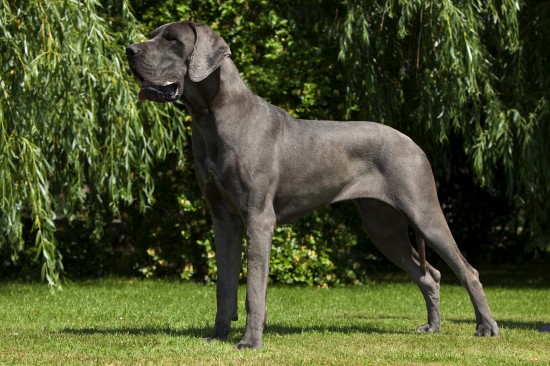 Health Issues That Large And Giant Breed Dog Owners Should Be Aware Of
Health Issues That Large And Giant Breed Dog Owners Should Be Aware Of
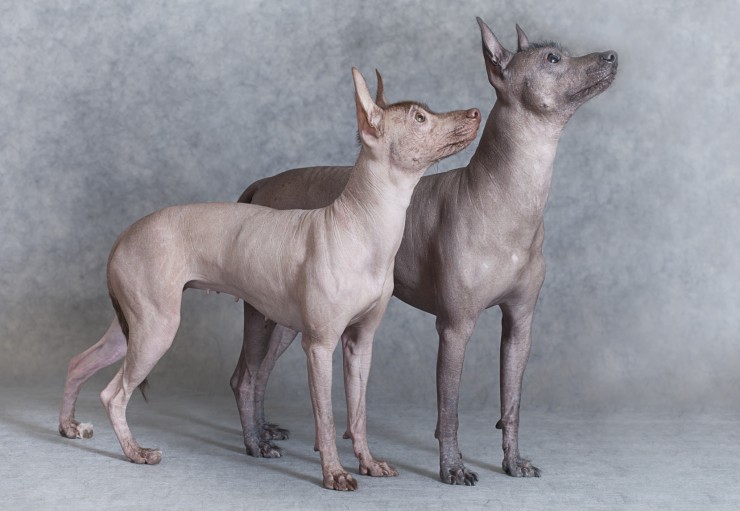 How To Avoid Skin Problems In The Mexican Hairless Dog
How To Avoid Skin Problems In The Mexican Hairless Dog
 Top choice for buy online pet meds-Genericfrontlineplus
Top choice for buy online pet meds-Genericfrontlineplus
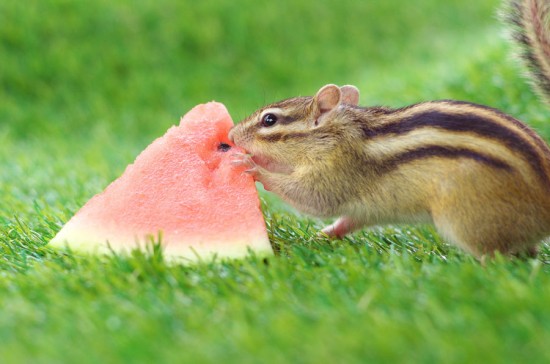 Chipmunks - A Beginner’s Guide
Chipmunks - A Beginner’s Guide
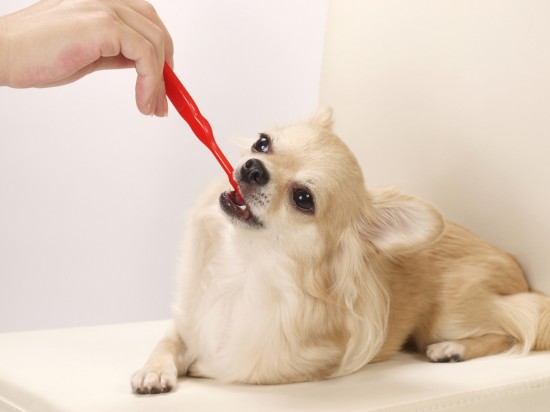 How To Tell If Your Dog Has Dental Problems
How To Tell If Your Dog Has Dental Problems
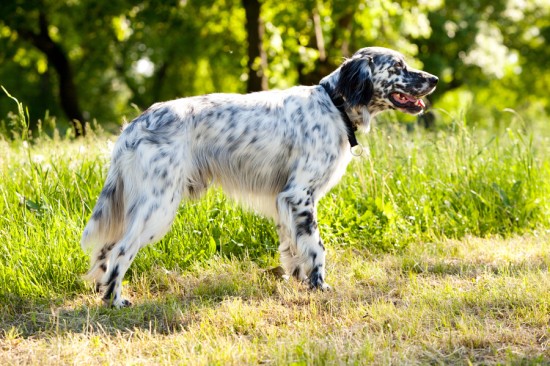 British Dog Breeds - Worthy Of A Second Glance
British Dog Breeds - Worthy Of A Second Glance
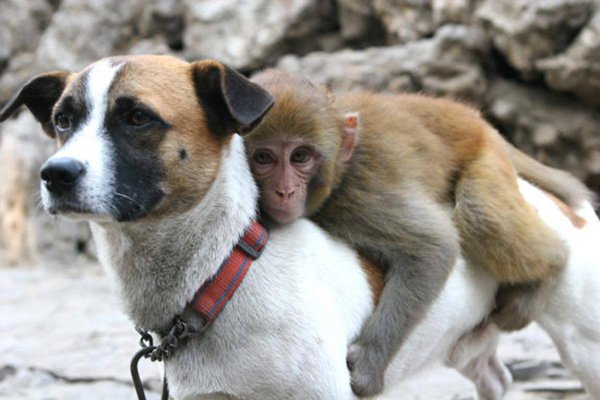 Immunization and quarantine directives when importing dogs into Singapore
Immunization and quarantine directives when importing dogs
Immunization and quarantine directives when importing dogs into Singapore
Immunization and quarantine directives when importing dogs
 Nipping Signs Of Resource Guarding In The Bud While Your Puppy Is Young
Nipping Signs Of
Nipping Signs Of Resource Guarding In The Bud While Your Puppy Is Young
Nipping Signs Of
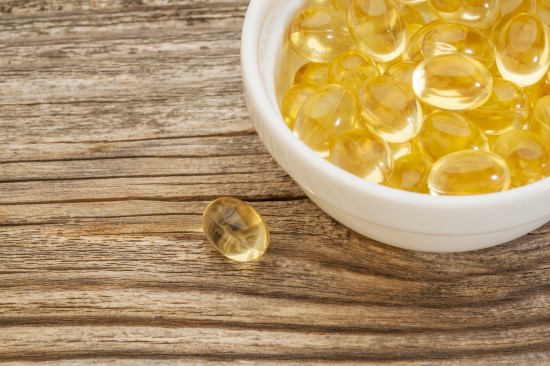 Should You Give Your Dog A Fish Oil Supplement?
Should You Give Y
Should You Give Your Dog A Fish Oil Supplement?
Should You Give Y
 Introducing Children To Puppies
Introducing Child
Introducing Children To Puppies
Introducing Child
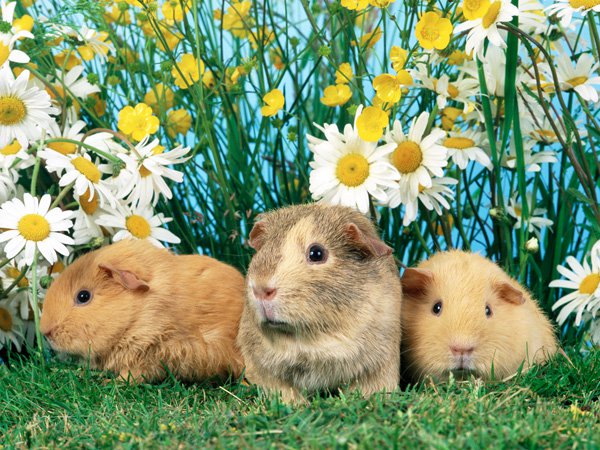 Some Incredible Ways to Remove Your Cat Litter Odor
Some Incredible Ways to Remove Your Cat Litter Odor
Some Incredible Ways to Remove Your Cat Litter Odor
Some Incredible Ways to Remove Your Cat Litter Odor
Copyright © 2005-2016 Pet Information All Rights Reserved
Contact us: www162date@outlook.com